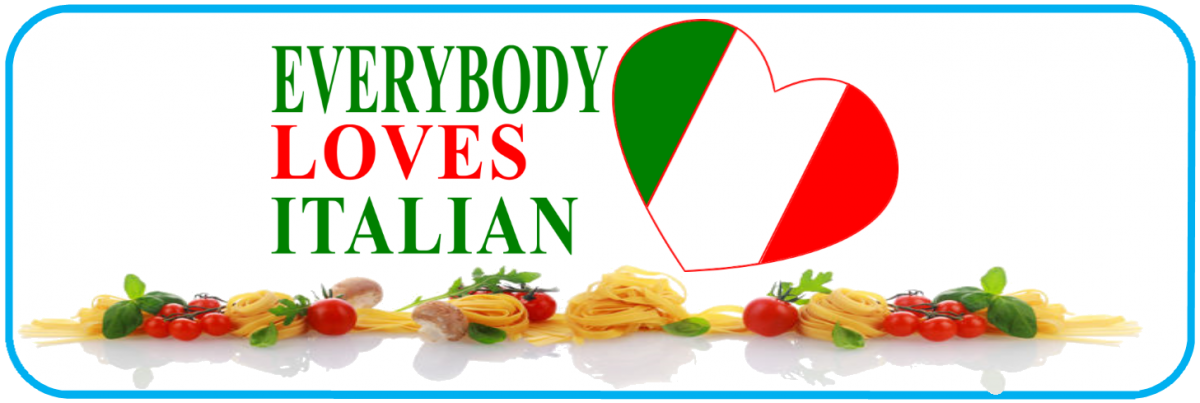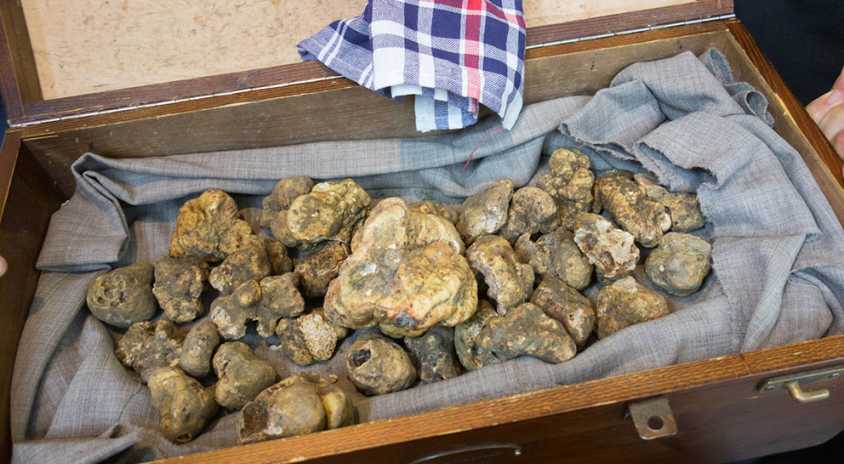Discovering Italian Truffle
Discovering Italian Truffle
All you need to know about truffles and their origin: a trip throughout the Italian peninsula discovering the marvellous world of truffles.
What is truffle and what do real truffles taste like?
Truffles are underground mushrooms that grow close to the roots of certain trees, in a symbiotic relationship with them. The part we use is the fruit: its shape reminds a nugget and its surface can be smooth or rough, depending on the type of truffle.
The scent of truffles is determined by the plant close to which they grow up: those with a stronger smell generally draw nutrients from the oak tree’s sap, while the more flavored ones usually grow next to the linden tree’s roots. Even their color changes depending on the plant close to which they grow up.
The truffle taste is unique: musky and earthy, strong and fine at the same time. Even in small quantities, truffle exalts the taste of your dishes. It is particularly suited to accompany meat dishes and mushrooms.
What are truffle benefits?
A study carried out by the University of L’Aquila and Teramo and in the Biomedical Campus of Rome, showed that in truffle there is a molecule also known as the “molecule of pleasure”, similar to the one contained by cannabis. The anandamide, this is its scientific name, causes the release of substances in the body that instill feelings of well being and good humor. Indeed, the truffle has always been considered one of the most appreciated aphrodisiac foods.
Why is truffle expensive?
Truffles are rare, they grow wild and are influenced by seasonal as well as environmental factors. During the short season, truffle prices are very high. Not only have truffles the shape of nuggets, but also the price!
The most expensive truffle was sold in november 2015 at the XVI World Truffle of Alba Auction where a 3.74 oz truffle costed 100,000 euro.
The history of truffles
Truffle was very popular in the ancient Greece and in Rome, and it was suposed to have mystical or divine origins: Plutarco asserted that the truffle was a mix of water, heat and lightning, and Giovenale talked about a legend according to wich Jupiter created truffles by hurling a lightning bolt against a tree.
Almost forgotten in the Middle Ages, it was rediscovered in the Renaissance and exalted in the ‘700 European courts. Many famous artist sang the praises of truffle, to name a few Gioacchino Rossini and Lord Byron.
An interesting fact
Have you ever heard about truffle pigs? Pigs were traditionally used in truffle hunting:in fact these animals really love truffles. While in France the traditional hunt with hogs is still alive, in Italy the truffle search is made with trained dogs.
Where do truffles grow?
Truffles grow between the roots of oak, ash, poplar, linden, fir, elm, maple trees, dogwood, hazel, larch, walnut, beech and pine trees. Each truffle species has a preference for a particular type of terrain; for instance, the white truffle prefers calcareous soils dating back to the Cenozoic age, while the black truffle prefers soils created by the decomposition of rocks in the Mesozoic era.
Truffle is present in almost all of the Italian regions: Abruzzo, Basilicata, Campania, Calabria, Emilia-Romagna, Lazio, Liguria, Lombrady, Marche, Molise, Piedmont, Puglia, Sardegna, Sicily, Tuscany, Umbria and Veneto.
The most valuable varieties, that are white truffle (Tuber magnatum Pico) and black truffle (Tuber melanosporum Vitt.) grow only in particular areas:
- White truffle, commonly called “Tartufo Bianco d’Alba”, grows in the lower part of the Piedmont, in the Tuscan-Emilian Apennines, in the north of Umbria and Marche, in the province of Siena, in the area of Pesaro-Urbino and in Molise.
- Black truffle, commonly called “Tartufo nero di Norcia”, can be found in Umbria, Marche, Tuscany, Emilia Romagna, Lazio and in some areas of Veneto, Lombardia, Trentino, Piedmont and Liguria.
.


